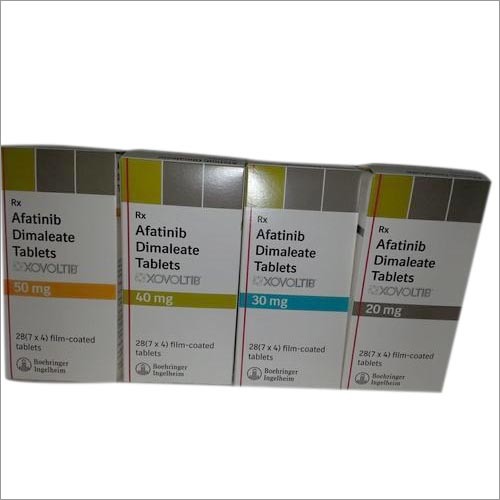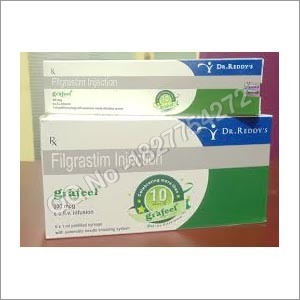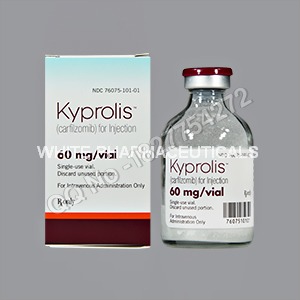| - Equine anti rabies immunoglobulin fragments - not less than 300 I.U./ml.
- Cresol I.P. < 0.25% v/v as a preservative.
- Glycine I.P. - 0.0225 g/ml
- Sodium Chloride I.P. - 0.009 g/ml
- Water for Injection I.P. - q.s.
Description:
Rabies antiserum is a sterile, non-pyrogenic solution for intra-muscular administration, containing antiviral substances obtained from the blood serum of healthy equines that have been immunized against rabies by vaccination. In addition, it also contains the anti-microbial agent cresol. Therapeutic Indications:
Rabies antiserum provides passive immunization against rabies for prevention of rabies in patients at risk of being exposed to rabies after contact with a rabid animal or an animal presumed to be rabid. Anti rabies serum itself does not constitute an anti rabies treatment and should always be used in conjunction with rabies vaccine. Contra-Indications:
Should be used with extreme caution in subjects with a history of allergic symptoms or hypersensitivity to equine serum. Special Warnings and Precautions for Use:
Despite the high degree of purification of the serum, it is recommended to perform a skin test before administering Rabies antiserum. The skin test consists of an intra-dermal injection with a 1:10 dilution of Rabies antiserum (0.1 ml) on the outside of the forearm so as to obtain an orange ring type appearance (3 mm diameter induration). An equivalent intra-dermal injection of physiological saline solution is used as control. The observations made 15 minutes after intra-dermal injection is considered to be positive if erythema (>6 mm), local oedema or a systemic reaction is observed and the control shows no such dermal reaction. Purified equine rabies immunoglobulin (the active constituent of rabies immunoserum) has been reported to be safe and affordable alternative to human rabies immunoglobulin. (Bulletin WHO 1989, 67(731-732). A positive test result is not a formal contra-indication for the use of sero-therapy, but it should be considered as a warning. In such cases Rabies antiserum should be administered only after ensuring the facility to overcome the anaphylactic shock. A negative test is not an absolute guarantee for the absence of an immediate allergic type reaction. Drug Interactions:
Rabies prevention after contamination risk requires simultaneous administration of anti rabies immunoglobulin and vaccine to be inoculated in different parts of the body, contra-laterally if possible. To minimize interference, the antiserum should not be administered from the same syringe as the vaccine. Pregnancy and Lactation:
The safety of rabies immunoserum when used during pregnancy has not been established in clinical trials in human beings. Considering the lethal risk associated with rabies, pregnancy may not a contraindication to the administration of rabies immunoserum subsequent to exposure. Dosage and Administration First-aid treatment:
Prompt local treatment of bite wounds and scratches that may be contaminated with rabies virus is important, whatever the time elapsed since the contact. Recommended first-aid procedures are imminent thorough flushing and washing of the wound with soap and water, detergent or other substance of proven lethal effect on rabies virus. The rabies immunoserum should be injected as soon as possible after exposure. | 











